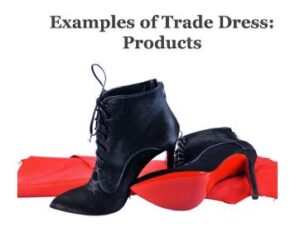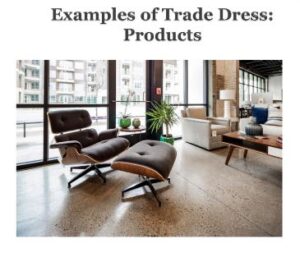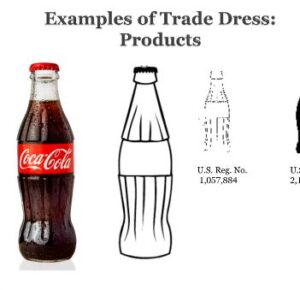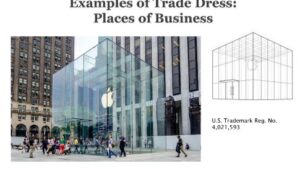TRADE DRESS
Trade dress is the total image of a product used to present it to its purchasers. Such things as product’s size, shape, color, graphics, packaging, and label can all be components in trade dress. A trademark on the other hand is thought of as something more specific, such as a name or logo. As the law developed from protecting mainly packaging, to covering certain products themselves.
Companies often focus solely on their names and logos, but trade dress can represent a valuable type of protection, one that can help prevent other from riding off the goodwill that the dress represents.
Consider these two examples:
– A delivery company arrives in a large brown truck. A driver clad in brown shirt and shorts hops and brings a package. You don’t notice the name on the side of the truck, but you assume it is UPS. Turns out the company’s name is Speedy Delivery and its uses a flying pigeon for its logo. If UPS had only sought protection in its name and its shield emblem, then it would have no recourse against Speedy Delivery, because the names and logos are totally different. But clearly, the consuming public associates brown delivery trucks with UPS, as UPS has taught it to do. Because UPS has made efforts to establish its brown trade dress in the mind of the consumer, it can rightfully prevent other delivery companies from using that color in confusing ways.
– Your boyfriend bows down on one knee in front of you and presents a small light-blue box. Your eyes get watery as he slips a shiny diamond ring onto your finger. You’re excited to have him and a new Tiffany ring. But in actuality, your misty eyes kept you from seeing that you’ve just gotten engaged with a ring from Canterby’s, a completely acceptable local jeweler in the mall. Clearly, the name Canterby’s is very different from Tiffany’s, and no consumer is likely to confuse the two. Had Tiffany & Co. not invested significant marketing dollars in developing that little blue box to an icon of its jewelry and diligently sought protection in the color, it wouldn’t be able to do much: any jeweler could just wrap its rings up into a blue box and ride Tiffany’s goodwill. But Tiffany has educated everyone to associate light blue boxes with Tiffany products, and it thus has one tool to prevent confusion where it might otherwise have none.
So trade dress can be a valuable method of distinguishing your company from others in a way that trademark law – as most typically think of it – cannot. But trade dress rights don’t come about by accident. To receive the benefit of trade dress protection, a company should deliberately plan and consistently execute a trade dress strategy.
Trade dress can be federally registered. For longer-existing trade dress to register, the USPTO may require proof of acquired distinctiveness, which can be shown by advertising and marketing campaigns, customer surveys, or historical documentation of the trade dress. Newly-adopted forms of dress can be rejected initially, though, and they can generally be copied freely at the outset, since they don’t have the acquired distinctiveness that consumers recognize and that provides the basis for protection.
As a result, the media is sometimes used to quickly establish rights in trade dress. Large scale advertising campaigns, multiple forms of media, and the use of look-for advertising can form part of the media strategy. Look-for advertising is incredibly effective. Think: “What can brown do for you?” When you hear that line, you immediately think of UPS and you reinforce the connection between the color brown and UPS.


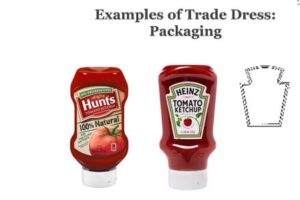
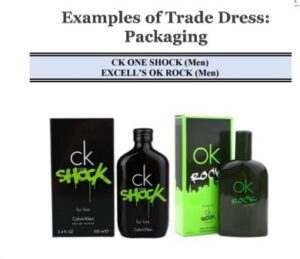
]
